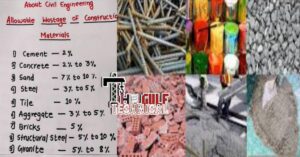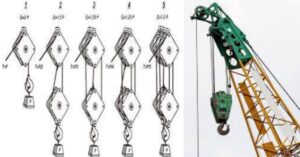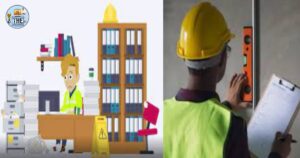
Risk and Hazardous Area Classification in the Oil & Gas Industry: Ensuring Safety in Explosive Atmospheres
Oil and Gas Hazardous Safety Classification In industries like oil & gas, chemicals, and petrochemicals, safety is of utmost importance, especially when dealing with flammable gases, vapors, and dust. One…[...]
Read Full Recipe







